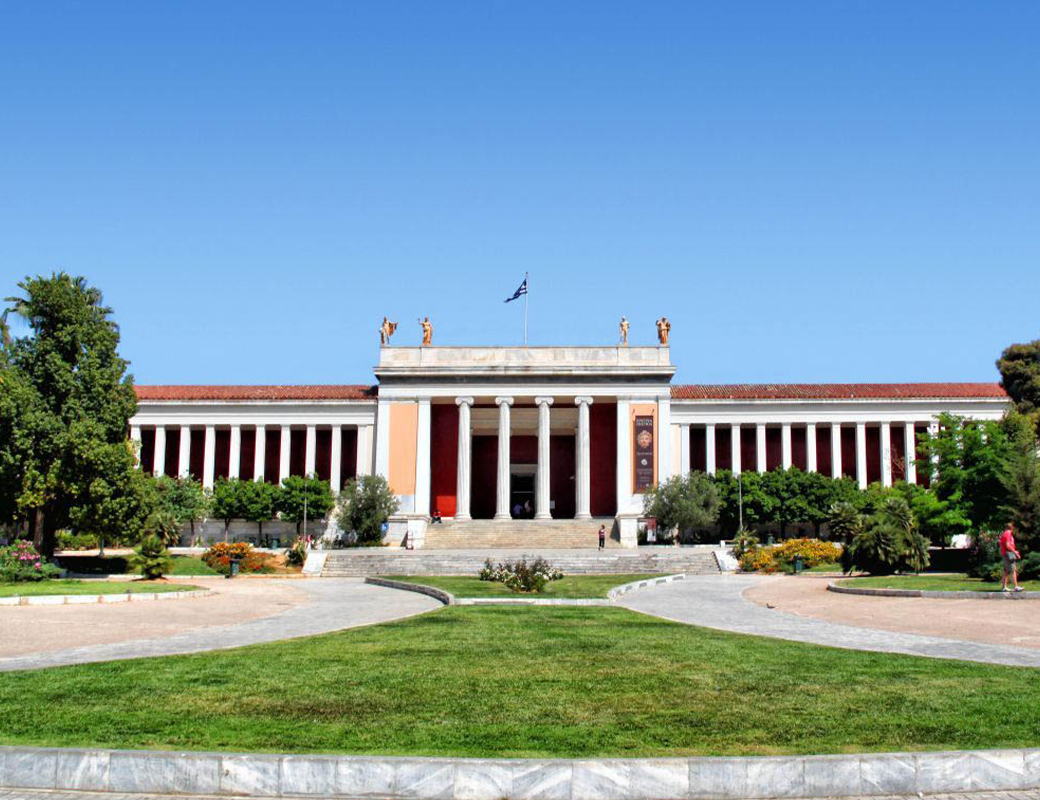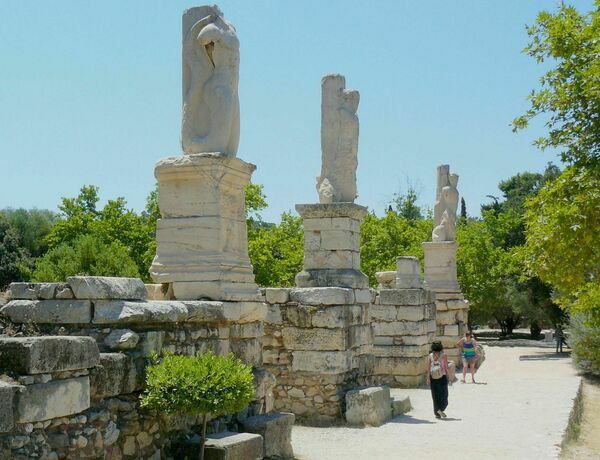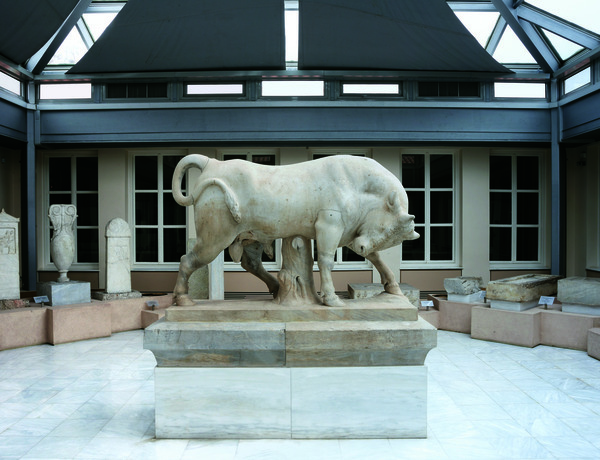
The National Archaeological Museum of Athens is the largest archaeological museum in Greece and one of the most important museums in the world. It was founded in 1829 and has been housed in its current neoclassical building since 1889.
The museum houses a vast collection of ancient Greek art and artifacts that span over 5,000 years of Greek history, from the prehistoric period to the Roman era. The collection includes sculptures, pottery, jewelry, metalwork, and other objects that provide insight into the daily life, religious practices, and artistic achievements of ancient Greece.
One of the most impressive exhibits in the museum is the Mycenaean collection, which includes artifacts from the ancient city of Mycenae, including the famous golden mask of Agamemnon. The museum also has a large collection of sculptures from the classical period, including the bronze statue of Zeus or Poseidon, and the Artemision Bronze.
The National Archaeological Museum of Athens has undergone several renovations and expansions over the years to accommodate its growing collection and improve the visitor experience. Today, the museum attracts thousands of visitors each year who come to marvel at the ancient treasures that are on display and learn about the rich cultural heritage of Greece.
Website
namuseum.gr
namuseum.gr





